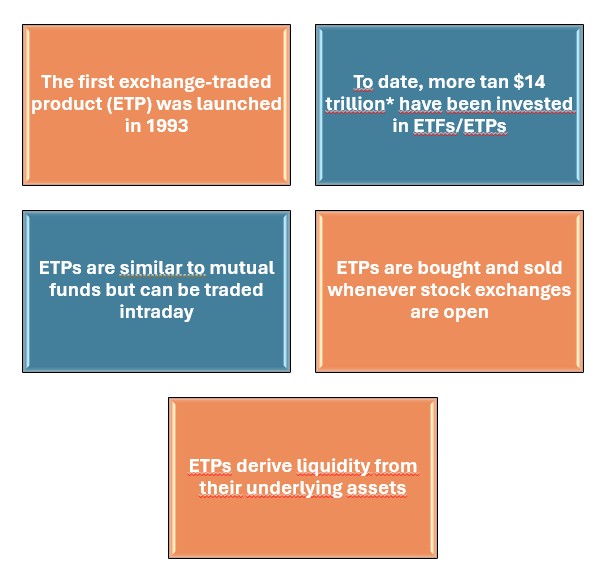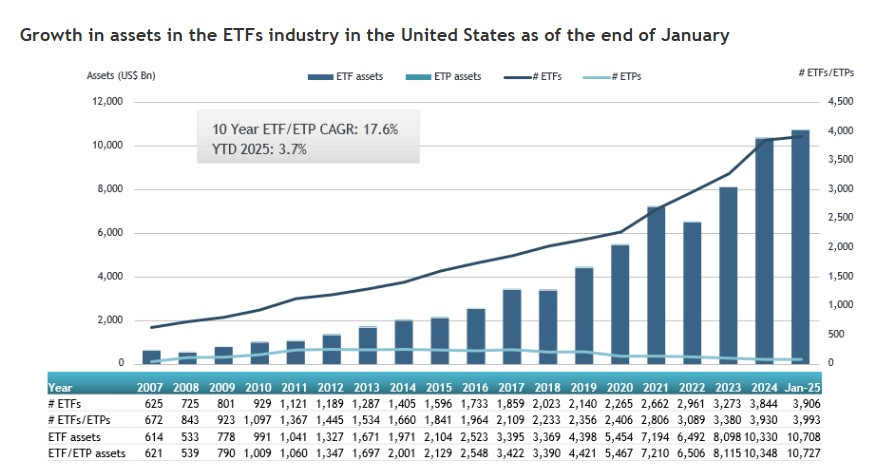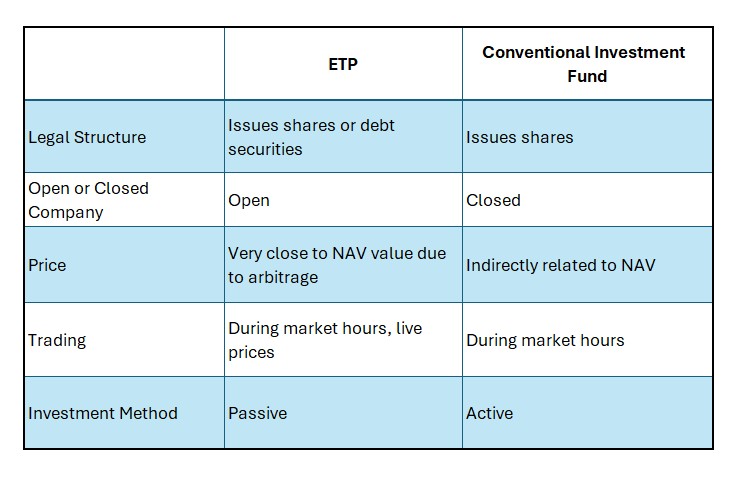Will 2025 Be the Year of Private Equity Reacceleration?
| For Amaya Uriarte | 0 Comentarios

The recent challenges facing the private equity market could be overcome as rate cuts and lower inflation set the stage for an improvement in multiples. According to Rainer Ender, Global Head of Private Equity at Schroders Capital, although 2024 saw a significant slowdown in deal activity, signs of recovery are emerging, suggesting that the private equity market could be more dynamic in 2025.
“Just like in 2023, we have seen wide bid-ask spreads and reduced liquidity. When interest rates rise, so do the financing costs for acquisitions, which lowers the EV/EBITDA. Buyers pay more to secure fewer loans, reducing the amount they are willing and able to offer for assets,” says Ender.
In his view, rising interest rates have put downward pressure on cash flows, while inflation has increased costs for companies that lack proper pass-through mechanisms. Meanwhile, sellers have tried to exit assets when leverage was cheap and multiples were rising. Ender believes this dynamic has created a mismatch between the price buyers are willing to offer and the price sellers are willing to accept. Even amid these challenges, he sees several developments suggesting that 2025 may bring more favorable conditions.
“Although EV/EBITDA multiples for large acquisitions have declined, the global value of deals is increasing, a trend driven by the preference for larger investments in established companies. Exit prices in the global market have stabilized, and there has been a recent uptick in sponsor-to-sponsor exits (where one PE fund sells to another PE fund). However, a significant valuation gap persists, as small and mid-sized company acquisitions are trading at a steep discount compared to their larger counterparts, a trend that suggests a perceived value discrepancy in the market,” Ender points out.
Secondly, he believes that many of the factors putting downward pressure on multiples will dissipate, and the decline in interest rates and lower inflation should lay the foundation for an improvement in multiples. “We also believe that investors could benefit by following the money and considering GP-led secondary transactions. Nearly half of the record-high secondary transaction volume in the first half of the year came from these vehicles, also known as continuation funds. These funds align the financial incentives of GPs and LPs, creating potential benefits for all stakeholders: the original sponsor, new and existing investors, and the company or companies within the new fund structure,” he emphasizes.
Finally, Ender notes that conditions will also favor a focus on small and mid-cap markets, which are diversifying. “Recent history has demonstrated their potential to perform well in periods of volatility, and the law of large numbers (probability theory) makes it inherently easier to generate higher multiples in smaller companies. Operating in small and mid-cap markets also reduces dependence on the still-stagnant IPO market for exits. Moreover, after successfully helping a small or mid-sized company grow into a large-cap company, exits can be larger in the market, where a significant amount of dry powder—capital already raised and seeking opportunities—remains available. If we combine the recent period of volatility with the dot-com crash, the global financial crisis, the eurozone crisis, and the COVID-19 pandemic, we see that the Global Private Equity Index outperformed the MSCI ACWI Gross Index by an average of 8%,” argues the Schroders Capital expert.
Additionally, he highlights that, structurally, the nature of committed capital allows firms to retain ownership of assets during crises and sell them when market conditions are favorable, avoiding the kind of “fire sales” at low valuations. “The generally more rigid nature of private equity also prevents people from falling into psychological investment traps, such as panic selling at the worst possible moment. From a fundamentals perspective, private equity firms tend to have a different sector mix compared to public markets, focusing on less cyclical industries such as healthcare and technology while maintaining lower exposure to banks and heavy industry. Additionally, private equity tends to favor growth and disruption, seeking companies with high expansion potential. They also prefer business models with recurring cash-generating revenues, as these tend to be less volatile,” he concludes.













